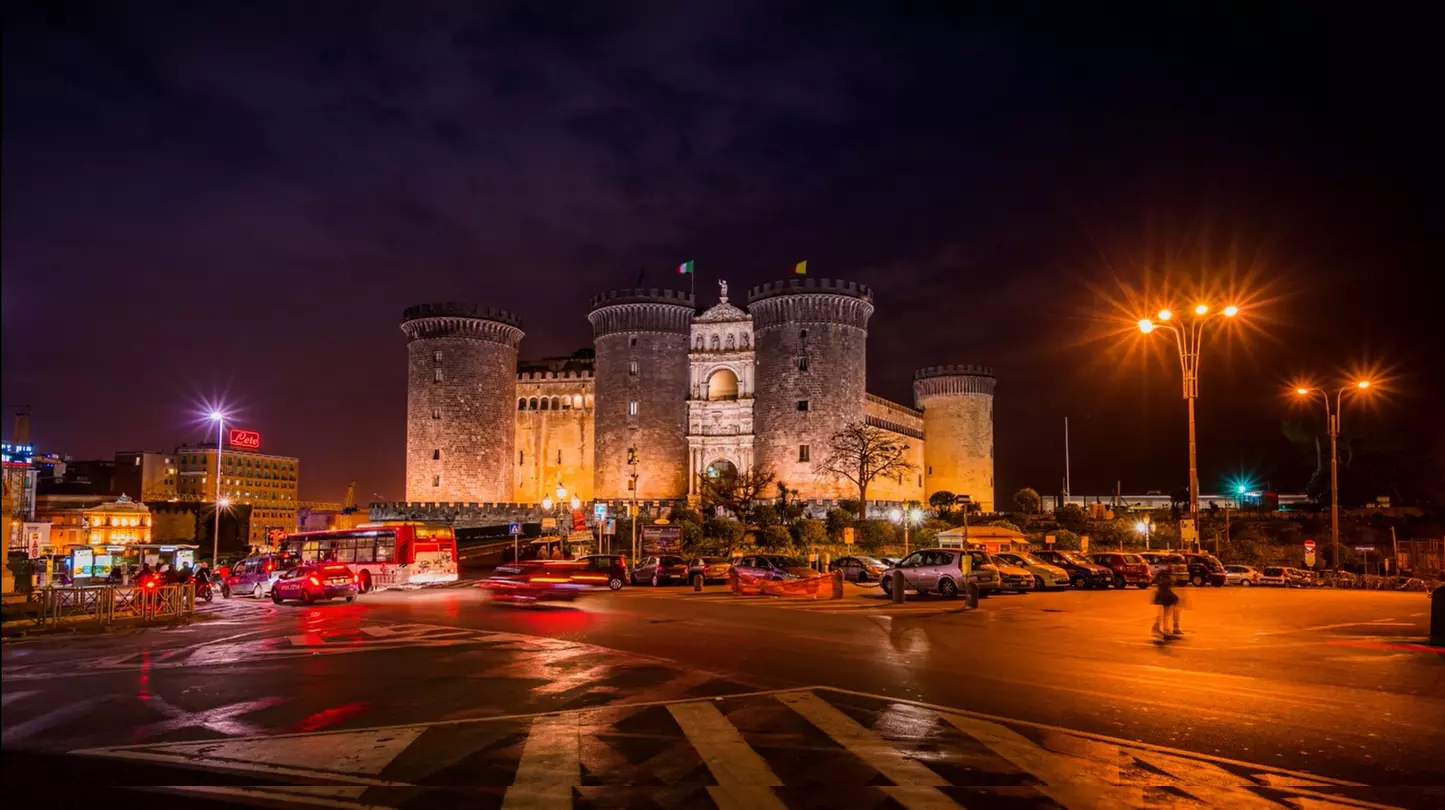Rome, Naples, Milan. The Italian way to Mobility as a Service (MaaS) passes through this metropolitan trio that won the government tender developed as part of projects linked to the National Recovery and Resilience Plan (NRRP).
The call, held between late 2021 and early 2022, involved the participation of 13 metropolitan cities, identified following the publication of the Expression of Interest initiated by the Department for Digital Transformation (Dtd) of the Prime Minister's Office and the Ministry of Sustainable Infrastructure and Mobility (Mims): Bari, Bologna, Catania, Cagliari, Florence, Genoa, Milan, Naples, Palermo, Reggio Calabria, Rome, Turin and Venice competed against each other in innovative projects. At stake, total funding of 40 million and major challenges involving data sharing and the interoperability of transportation systems.
The three capitals will be true laboratories for testing the MaaS services, an innovative mobility concept that allows citizens to use numerous means of transportation through a single digital channel, ranging from trip planning in all its details to payment. A new way of experiencing the city and using transportation, from the most classic to the newly born, in an integrated way. An evolutionary project with which the NRRP and its innovative and green vocation will attempt to shake up the Italian system by directing investments toward a concrete digitisation of services.
The basic idea is that the implementation of MaaS (Mobility as a Service) solutions generates new synergies: first and foremost, the reduction of traffic and pollution (air and noise). In addition, service users can spend less on commuting, decrease time and move around more safely, thanks to constantly updated information in real time. The success of the first tender generated a second one, which will take shape in the coming months and select three more MasS cities.
The connected Capital
Thanks to a grant of 2.5 million in Rome, people will be able to get around with a single click. A single platform will send the old apps into the dustbin and they will all be integrated into a single system. An ambitious goal, in the city that experiences a strong contradiction at the level of mobility: Rome is the capital of scooter sharing and, at the same time, holds the national record for the number of cars per capita (629 per thousand). The capital then has a double sense of urgency in accelerating the revolution related to urban mobility since, in the coming years, it must host Jubilee 2025 and Expo 2030, events that will bring several million citizens from around the world to the city who will need to move around in the most organised and efficient way possible.
The project has been entrusted to Atac, which will be MaaS Operator, i.e., the entity that coordinates mobility policies and determines a framework of rules for transport service operators and users. Instead, Roma Servizi per la Mobilità will serve as MaaS Integrator, meaning it will provide the technological infrastructure on which to build MaaS and enable services at the technological level.
In order to meet travel needs to the utmost, the system also provides for "unified booking and payment of services." In anticipation of the application for funds from the National Recovery and Resilience Plan, earmarked for Maas4Italy, already late last December the capital city’s administration had mandated to Roma Servizi per la Mobilità and the relevant department to find agreements with local public transport: taxis, Nccs, shared-ride vehicles, rail lines and urban mass transit. The "machine," therefore, should be ready to start running.
Tech Naples
In Naples, the project has two cores and includes the allocation of 800 thousand euro for the technological modernisation of transport companies and another 2.5 million for the establishment of a single transport platform.
Specifically, the aim is to integrate various modes of transportation ranging from buses, taxis, going through car sharing, e-bikes, hydrofoils, and parking. Again, the projects cover trip planning and booking, as well as payments, all in one system. In addition, Campania's capital city put forth its candidacy, among the three "leader" cities, as a Living Lab experimentation laboratory - "Cooperative, connected and automated mobility", to test innovative local transportation solutions: advanced driver assistance systems and Vehicle-to-X ("vehicle to everything") communication technologies. Initially, the testing of services will affect users in the Naples Metropolitan City and, in a rapid perspective, will extend to the Campania Region.
Milan, autonomous driving living lab
In the Lombard capital, MaaS will have a very concrete laboratory: the 90-91 circular route converted, at least in part, into a test-circuit for self-driving cars. Driverless cars alongside trolley buses. Three strategic goals: connectivity, intermodality and needs of the citizens. Milan will have 10.3 million euro available to finance these projects.
The MaaS project will concentrate mobility in a single app that will allow people not only to plan their commutes and movement, choosing the best combination of services, but also to pay for tickets, rides and trips. "The goal is to facilitate, through digital services, access to transportation modes even for the most vulnerable segments of the population, ensuring greater accessibility, multimedia and sustainability of urban mobility," Palazzo Marino explains. It will benefit users, but the project is the focus of attention of car sharing operators, who will then be able to be equated for all intents and purposes with public transportation.
